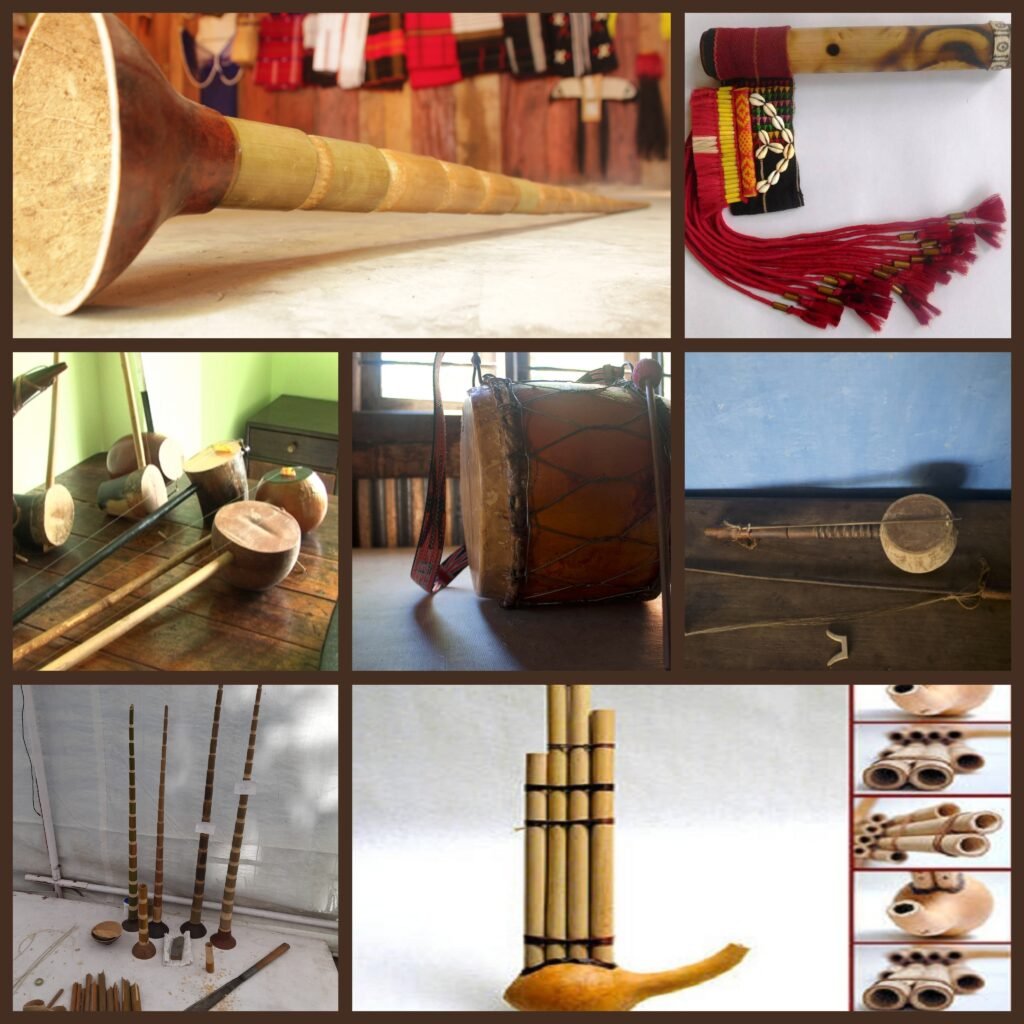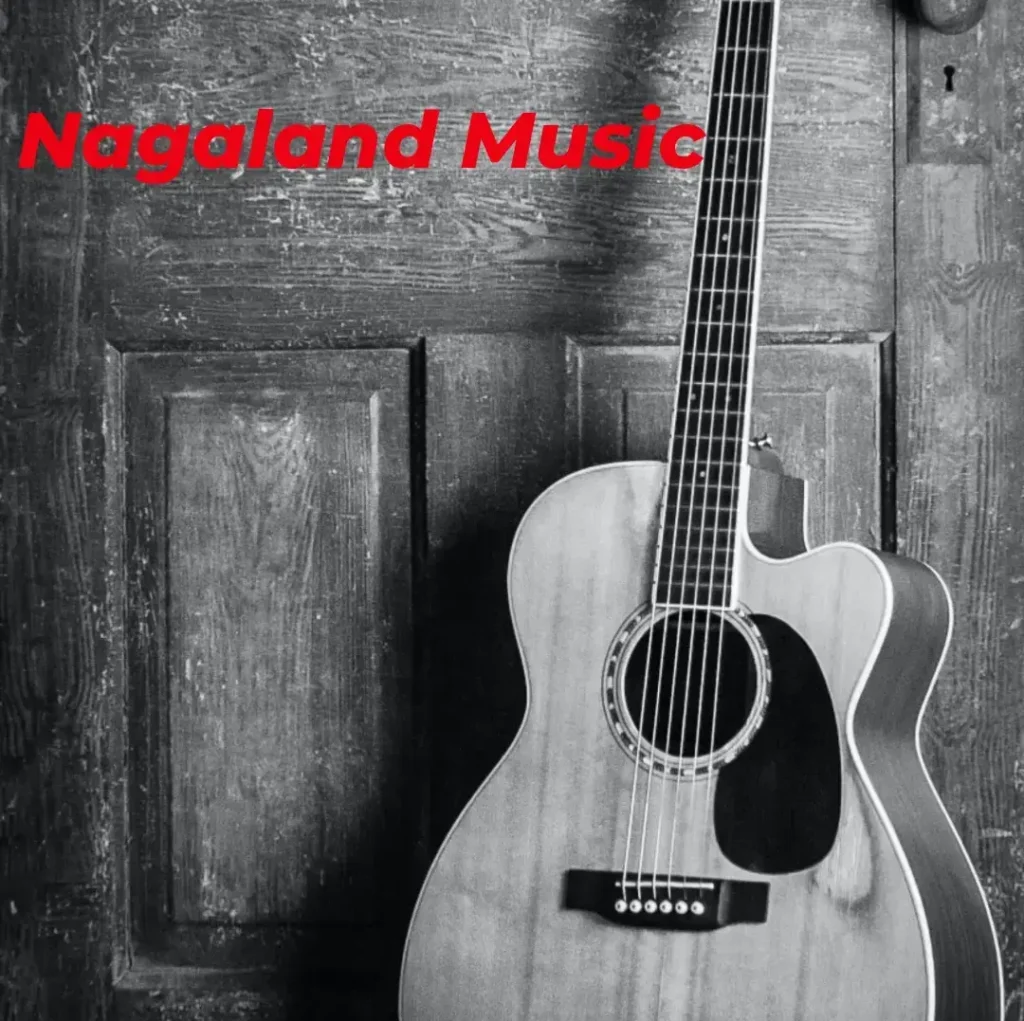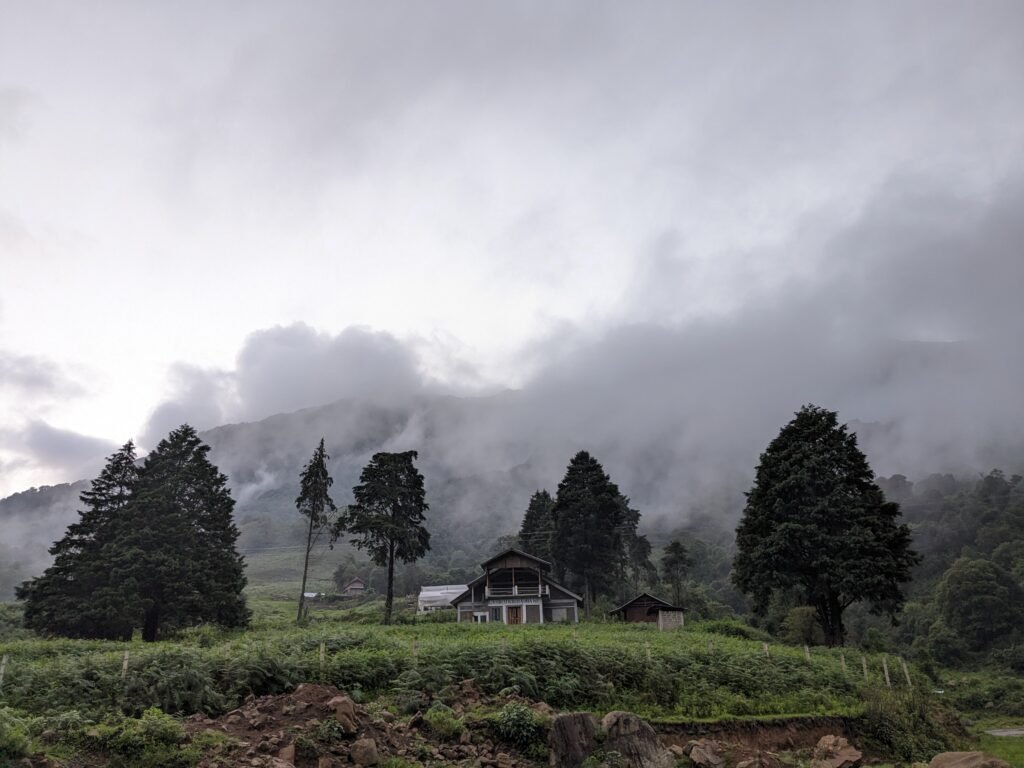Music and Nagaland: A Harmonious Melody and Rhythm of the Hills
Music and Nagaland share a deep and inseparable bond, woven into the cultural fabric and daily lives of the people. Nagaland, a state located in the northeastern part of India, is home to a rich and vibrant musical heritage. With its distinct melodies, rhythms, and instruments, Nagaland music reflects the diversity and uniqueness of the region. Music holds immense significance in Nagaland, playing a vital role in various aspects of life, from religious ceremonies and festivals to social gatherings and personal expression and spirit of different indigenous tribes.
The history of Nagaland music dates back centuries, with its origins intertwined with the ancient traditions and customs of the Naga tribes. Music has always played a vital role in the daily lives of the Nagas, serving as a means of communication, storytelling, and celebration. The indigenous tribes of Nagaland have a rich oral tradition, passing down their music and songs from one generation to another as there was no written form of musical notation. Songs and melodies were passed down through generations via oral tradition, serving as a means of communication, storytelling, and cultural expression. Music played a vital role in various aspects of Naga life, including religious ceremonies, rituals, agricultural practices, and social gatherings.
One of the prominent genres in the early history of Nagaland music is folk music. Folk songs were an essential part of the Naga tribes’ daily lives, reflecting their rural lifestyle, agricultural practices, and social customs. These songs often revolved around themes such as nature, stories of love, harvest, and community celebrations. The vocal aspect of Naga music is also significant. Singing is a prominent feature in various social and religious ceremonies. Naga songs are typically sung in their local dialects, conveying messages, legends, and stories from generation to generation. These songs often contain poetic lyrics and are accompanied by traditional instruments or rhythmic clapping.
Folk music in Nagaland was accompanied by traditional musical instruments like bamboo flutes, drums, gongs, and stringed instruments. These instruments have played a significant role in the music and cultural practices of the indigenous Naga tribes. They are crafted with care and precision, often using natural materials found in the region.
Let’s explore some of the traditional musical instruments of Nagaland:
1. Tati (Bamboo Flute): The tati is a bamboo flute commonly used in Nagaland’s music. It is a simple instrument with a single melody hole and is played by blowing air across the hole while adjusting the finger positions to produce different pitches. The tati is widely used in Naga folk music and is often accompanied by other traditional instruments.
2. Zutangki (Bamboo Mouth Organ): The zutangki is a wind instrument resembling a mouth organ or a flute. It is made by hollowing out a bamboo stem and carving multiple holes on the surface. The player blows air into one end while manipulating the holes with the fingers to produce melodies and harmonies. The zutangki is an integral part of Naga music and is used in various cultural and social gatherings.
3. Tati / Tatiap (Bamboo Jaw Harp): The tati, also known as tatiap, is a traditional jaw harp made from bamboo. It consists of a bamboo reed attached to a frame, which is placed in the mouth while the reed is plucked or struck with a finger. The vibration of the reed produces a twanging sound. The tati is often used in folk music and serves as an accompaniment to traditional dance performances.
4. Kholi (Bamboo Drum): The kholi is a percussion instrument made from a hollowed-out bamboo stem covered at one end with animal hide or woven fabric. It is played by striking the drumhead with the hands or sticks, producing rhythmic beats. The kholi is an essential component of Naga folk music and is used during festivals, rituals, and cultural events.
5. Kashi (Bamboo Shaker): The kashi is a percussion instrument made by filling a bamboo tube with small pebbles, seeds, or beads. It is used as a shaker by shaking or striking it against the palm or another surface. The kashi adds a rhythmic texture to the music and is commonly used in folk songs and dances.
6. Tingtelia (Bamboo Rattle): The tingtelia is a unique bamboo rattle instrument used in Naga music and dance. It is made by attaching small bamboo pieces to a larger bamboo frame, creating a rattling sound when shaken or struck against the palm. The tingtelia is often played during festive celebrations and cultural performances.
7. Asem (Gong): The asem is a large metal gong used in traditional Naga music. It is made of bronze or brass and is struck with a wooden mallet to produce deep resonating tones. The asem is considered sacred and is an integral part of rituals, ceremonies, and traditional music ensembles.
These are just a few examples of the traditional musical instruments of Nagaland. Each instrument holds cultural significance and plays a vital role in Naga music, fostering a deep connection between the music and the indigenous tribes’ cultural identity. The craftsmanship and skill involved in creating these instruments have been passed down through generations, preserving the unique musical heritage of Nagaland.

Beyond this, music is also deeply connected to Naga spirituality and religious practices. Naga tribes have their indigenous religious beliefs and practices, and music plays a vital role in their rituals and ceremonies. From invoking deities and ancestral spirits to healing practices and rites of passage, music acts as a conduit for connecting with the divine and seeking blessings. Shamanic chants and ritualistic songs accompanied by traditional instruments create a sacred atmosphere, invoking a sense of awe and reverence.
Further, with the arrival of Christianity in Nagaland during the late 19th and early 20th centuries, there was a significant shift in the musical landscape of the region. Religious music, especially gospel music, holds a special place in Nagaland. With a significant Christian population, hymns, choral performances, and gospel songs are an essential part of worship and community gatherings. In the mid-20th century, Nagaland witnessed the emergence of modern music genres like rock, pop, and hip-hop. Influenced by global music trends and exposure to Western music through radio, records, and television, young Naga musicians started experimenting with these genres while incorporating their cultural elements and lyrics in local dialects. This fusion of contemporary music styles with Naga traditions gave rise to a unique musical identity in Nagaland.
The younger generation of Naga musicians has seamlessly fused their cultural elements with Western influences, resulting in a unique blend of rock, pop, hip-hop, and gospel music. This fusion not only allows for creative expression but also enables the Naga music scene to evolve and resonate with a broader audience, both within and outside Nagaland. Naga musicians have achieved national and international acclaim, representing Nagaland’s cultural prowess on global stages. Bands like Alobo Naga and the Band, Abiogenesis, and Tetseo Sisters gained recognition within the state and beyond, representing Nagaland’s musical talent on national and international platforms. Along with that there are also many upcoming artists and musicians with the potential to grow. Music festivals such as the Hornbill Festival and the Ziro Festival of Music became popular venues for showcasing Naga music and attracting music enthusiasts from around the world. In recent years, Nagaland’s music industry has experienced a significant boom with the establishment of recording studios, music production companies, and the availability of digital platforms. This has provided more opportunities for Naga musicians to create, record, and distribute their music globally. The music industry in Nagaland is now more vibrant and diverse than ever, with artists exploring various genres, including rock, pop, folk, fusion, and electronic music.

The impact of music in Nagaland goes beyond entertainment. It plays a vital role in cultural preservation, acting as a bridge between the past and the present. Music serves as a medium for social cohesion, bringing people together and fostering a sense of unity and identity. It offers a platform for emotional expression, allowing individuals to convey their joys, sorrows, and aspirations. Moreover, the music of Nagaland provides economic opportunities for artists, event organizers, and associated professionals, contributing to the growth of the local music industry.
In conclusion, the music history of Nagaland reflects the cultural richness, traditions, and evolution of the indigenous Naga tribes. From ancient folk songs to contemporary rock bands, Nagaland’s music has evolved and adapted over time while preserving its cultural roots. With its diverse instruments, vocal traditions, and fusion experiments, continues to evolve while retaining its deep-rooted connection to the Naga way of life. It is an integral part of the Naga identity, offering a glimpse into their vibrant culture and captivating the hearts of those who experience its enchanting melodies serving as a medium of cultural expression, community bonding, and a source of pride for the state and providing economic opportunities. Its influence spans generations, ensuring the continuity of Naga cultural heritage while embracing contemporary influences. The music of Nagaland resonates with the soul of its people, carrying forward the legacy of its musical heritage into the modern era.




